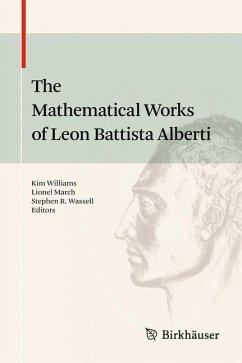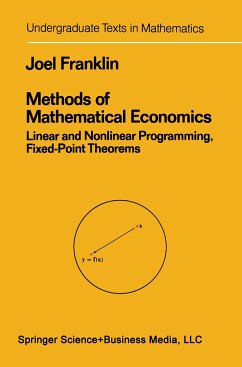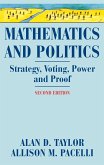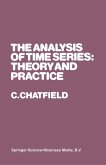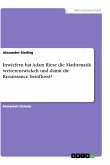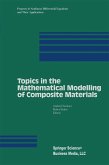Leon Battista Alberti was an outstanding polymath of the fifteenth century, alongside Piero della Francesca and before Leonardo da Vinci. While his contributions to architecture and the visual arts are well known and available in good English editions, and much of his literary and social writings are also available in English, his mathematical works are not well represented in readily available, accessible English editions have remained accessible only to specialists. The four treatises included here - Ludi matematici, De Componendis Cifris, Elementi di pittura and De lunularum quadratura - are extremely valuable in rounding out the portrait of this multitalented thinker. The treatises are presented in modern English translations, with commentary that is intended to make evident the depths of Alberti's knowledge as well as address the treatises' mathematical, historical and cultural context, their classical Greek roots, and their relationship to later works by Renaissance thinkers.
From the reviews:
"The book under review contains, in parallel translation and with extensive commentary, Alberti's short treatise On Painting. ... The commentaries in the book are thorough and interesting. ... a useful source for project work in the history of mathematics, parts of it being well suited to students with only modest mathematical understanding; others, such as the areas of lunes, leading into demanding ideas from later times." (Peter Giblin, The Mathematical Gazette, Vol. 96 (536), March, 2012)
"The book under review contains, in parallel translation and with extensive commentary, Alberti's short treatise On Painting. ... The commentaries in the book are thorough and interesting. ... a useful source for project work in the history of mathematics, parts of it being well suited to students with only modest mathematical understanding; others, such as the areas of lunes, leading into demanding ideas from later times." (Peter Giblin, The Mathematical Gazette, Vol. 96 (536), March, 2012)
